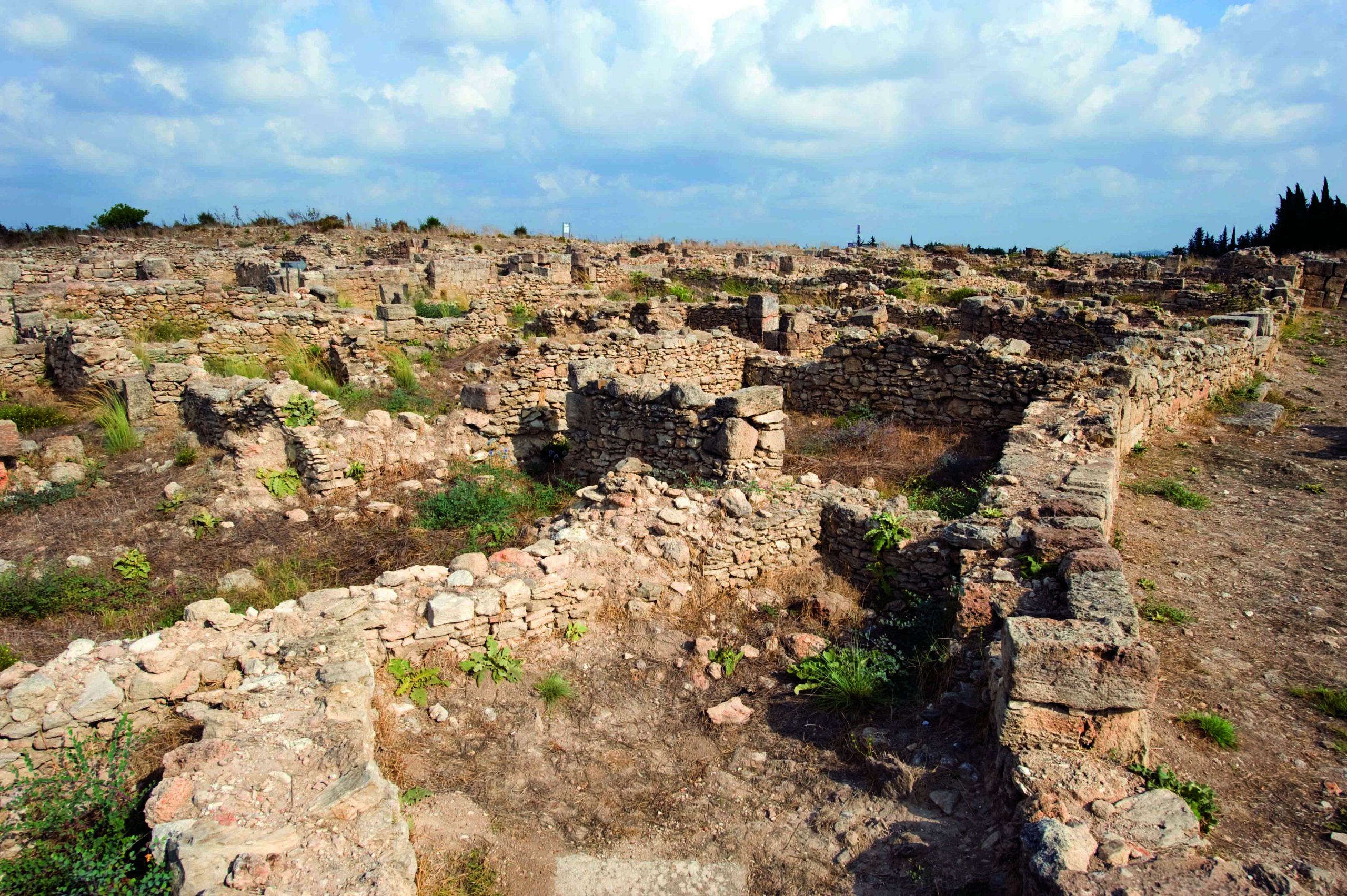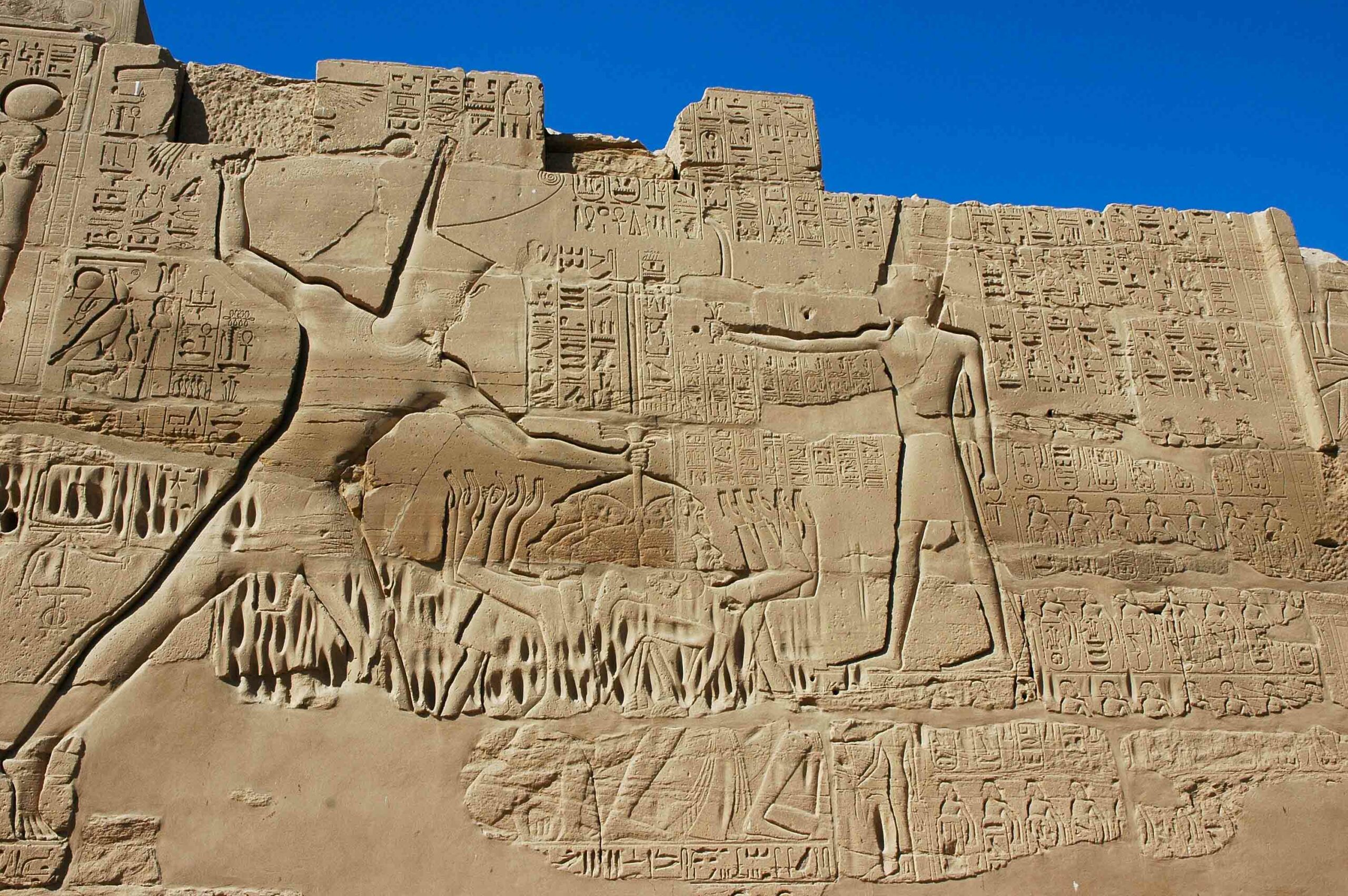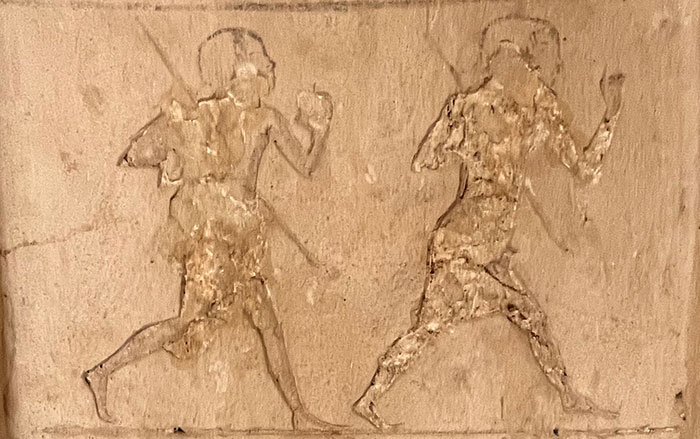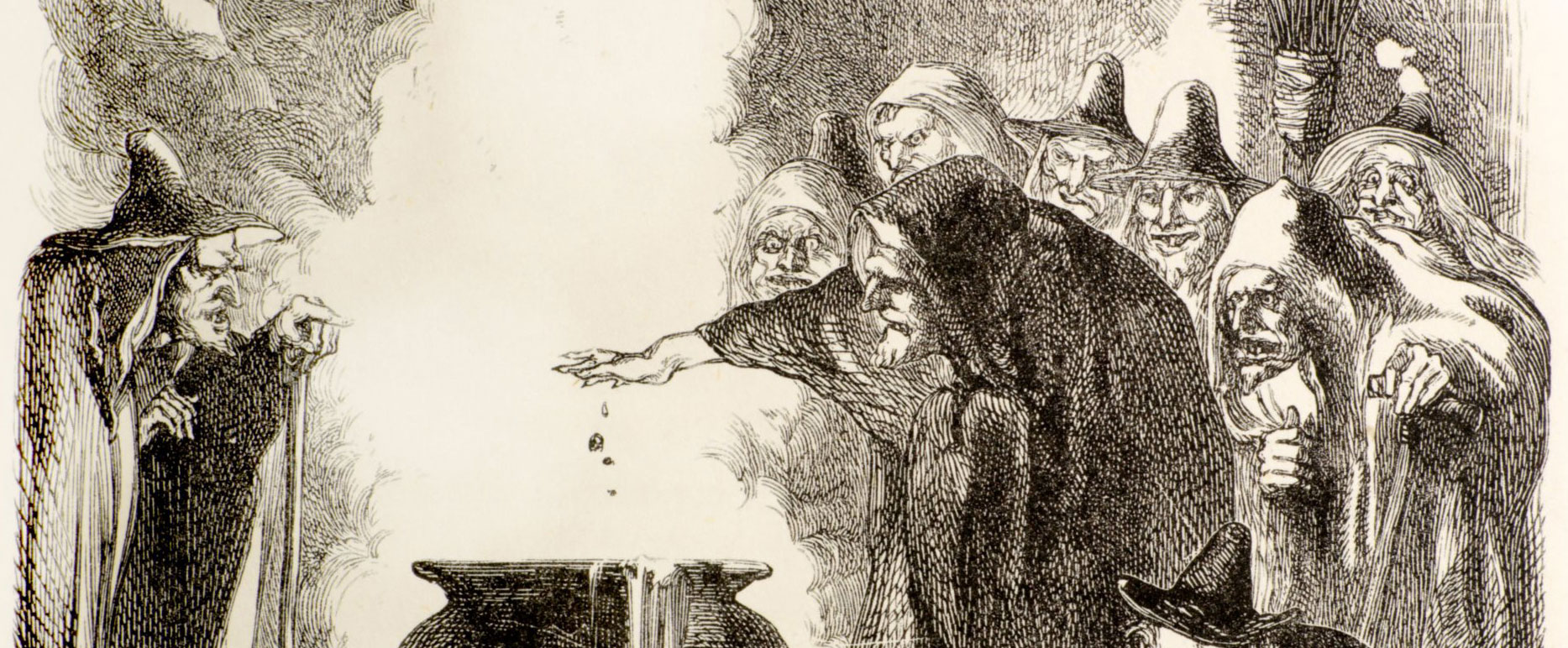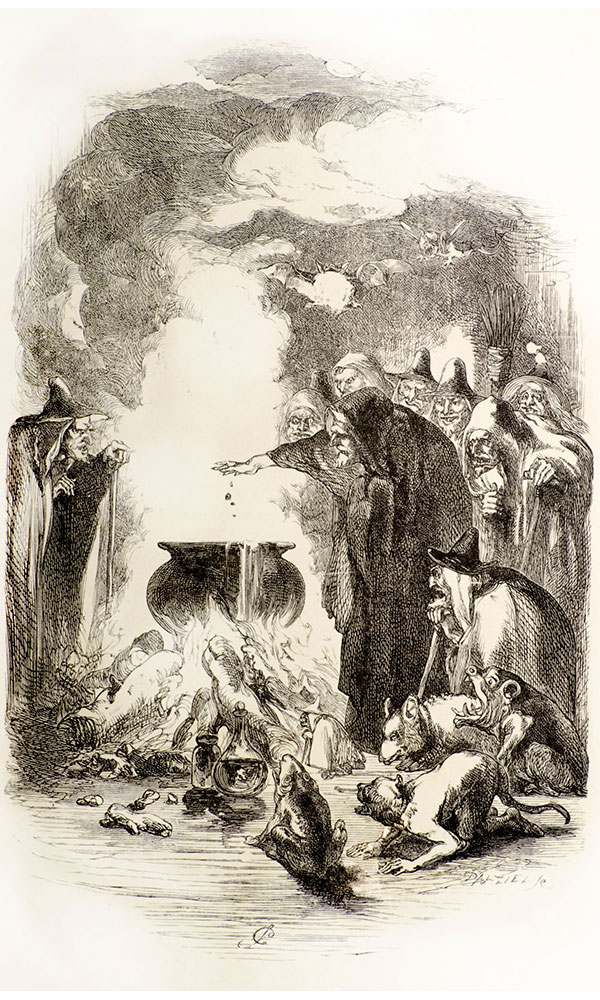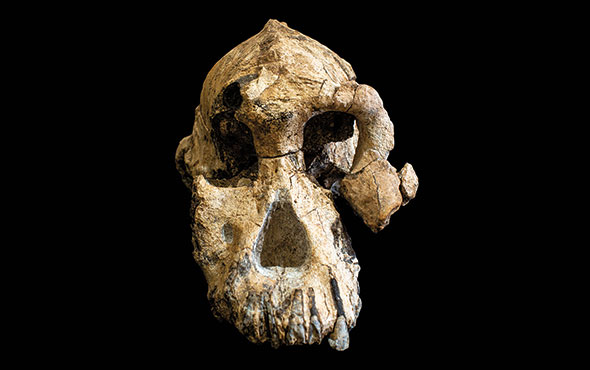
CINCINNATI, OHIO—Archaeologists from the University of Cincinnati have excavated two Bronze Age tombs at the ancient site of Pylos in Greece, according to a report in the New York Times. The burials were first discovered during investigations of an area around the grave of an individual the team called the "Griffin Warrior," who was initially found in 2015 and named for a mythological creature engraved on an ivory plaque in his tomb. In addition to armor, weaponry, and gold jewelry, that burial notably included an agate sealstone depicting combat between two warriors in exquisitely crafted detail. Like the Griffin Warrior grave, one of the the newly reported tombs also contained a sealstone, this time featuring two lion-like creatures called genii standing on clawed feet. The researchers also unearthed thousands of flakes of gold leaf that once papered the tombs' walls, amber from the Baltic, imported carnelian, and a gold pendant with an engraved depiction of the head of the Egyptian goddess Hathor dating to the 15th century B.C. The artifacts suggest that Pylos may have been a much more important stop along the Bronze Age Mediterranean trade route than was once thought. To read more about the excavations at Pylos, go to "World of the Griffin Warrior."


